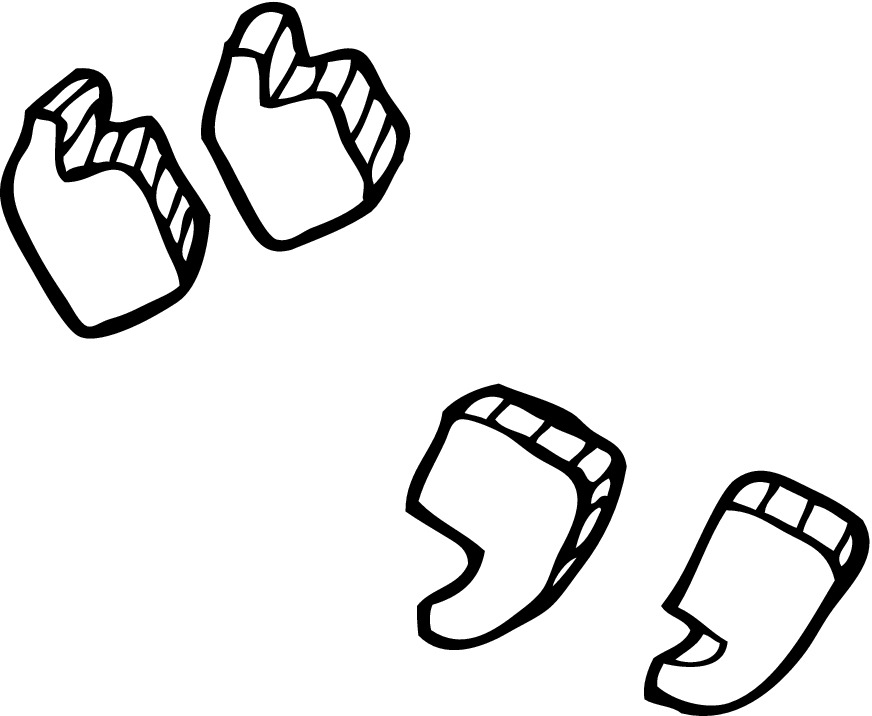In this activity, we will learn how to use two pieces of punctuation correctly...
There's the first one already! It's called an ellipsis and looks like this:
...
The second piece of punctuation we will look at is speech marks. These can be really useful in different types of writing, so let's have a look at the different ways they can be used.
What's this all about then...?
.png)
1. Ellipsis
We can use an ellipsis:
- To show that words have been left out
- To pause for effect
- To show an unfinished thought or trailing off into silence

If we were writing about this forest and we wanted the reader to feel a little tense, we might write:
As the darkness descended, he listened carefully...nothing but silence.
Or
We were on our own now...
We could also use the ellipsis to show that we've left some words out. This might be because we only want to include the important words.

For example, if after a football match, the coach says:
"I thought the whole team, every one of the players, all of them, was brilliant."
We might miss out some of those words when we include his quotation in the match report.
We could write: The coach said, "The whole team...was brilliant."

2. Speech marks
We needed to use speech marks in that last example to show a quotation. Let's have a look at the ways we can use them.
- To show words have been copied from a text or were said by someone else. These are quotations.
- To show words are spoken out loud. This is direct speech.
.png)
We have four rules to follow when using direct speech:
1. Start a new line for a new speaker
2. Use speech marks around the direct speech
3. Use a capital letter to start the direct speech
4. Include punctuation before the closing speech marks
Phew, that's quite a lot to remember, but don't worry, you can come and check here whenever you need to, so let's have a go at some questions.








